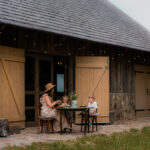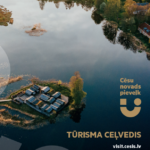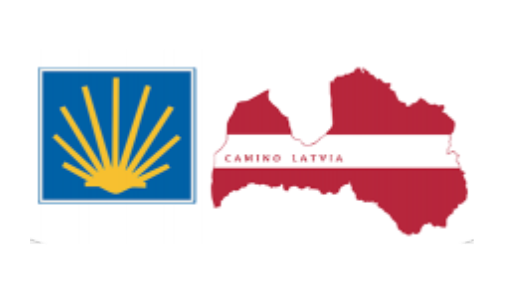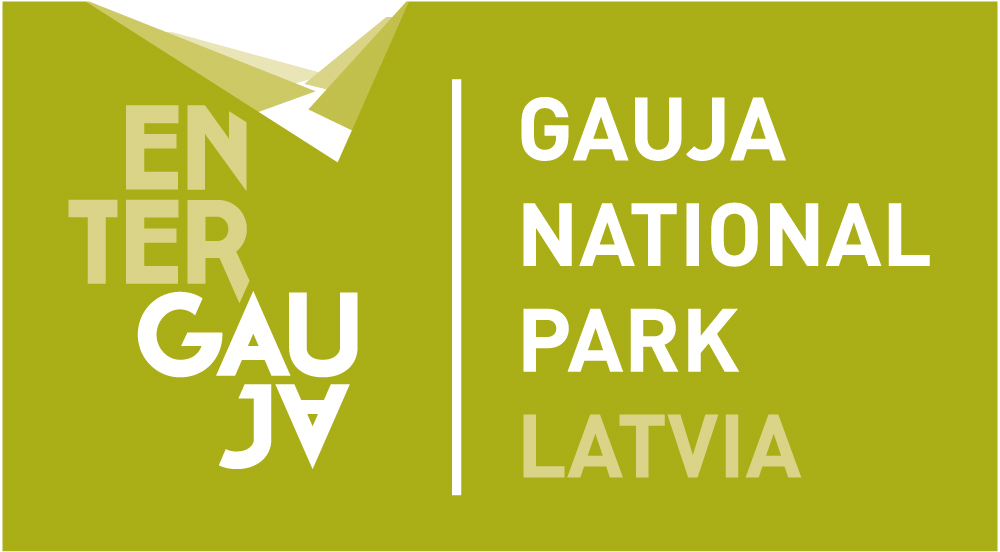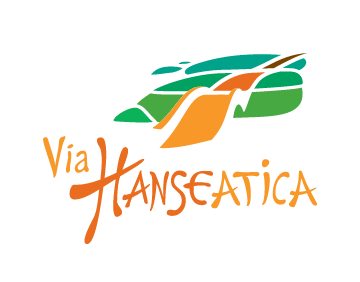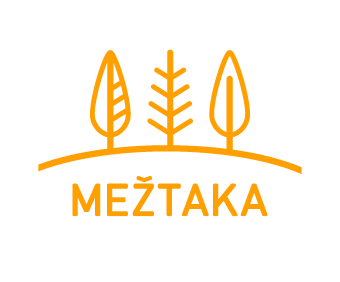Society House
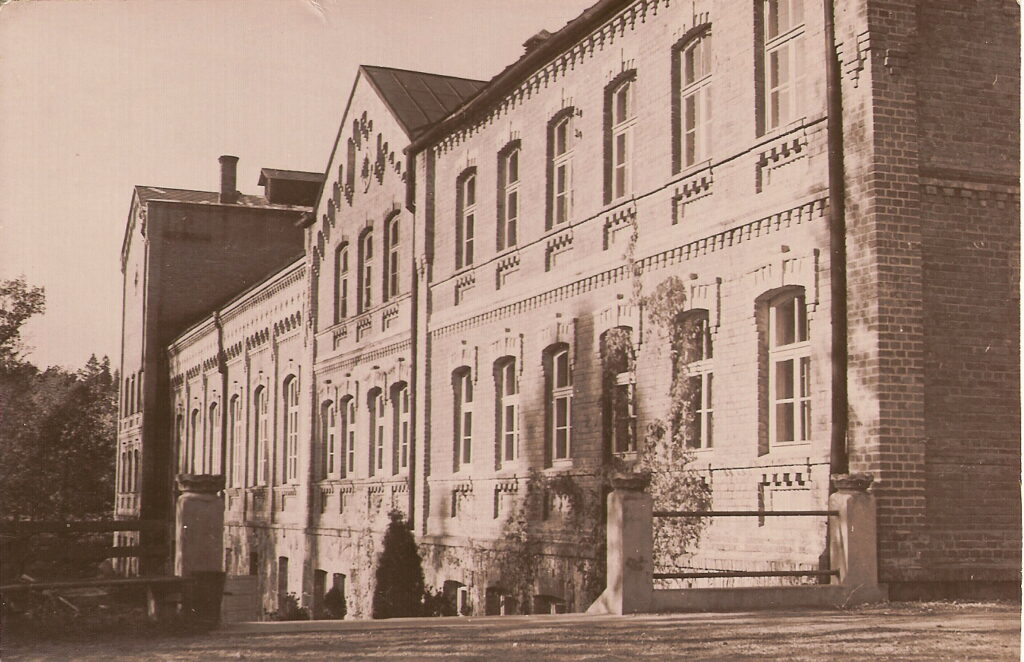
The Mentzendorff family, who were shareholders in the paper mill, had envisaged Līgatne as the most modern workers’ settlement in Europe. In 1897, they constructed the Līgatne Paper Mill Society House for recreation purposes intended for the paper mill workers. It had a large hall with a stage where performances and concerts were regularly held, providing entertainment for both the paper mill workers and executives. The floor in the audience area was slightly sloped to ensure better visibility, a feature that was quite rare outside cities at that time.
On the top floor, there was a billiard room and a well-stocked library with books, newspapers, and magazines in Latvian and German. The building also accommodated a theatre, choir, dance ensembles, and an orchestra, with the so-called ‘bowling room’ or a room for playing skittles on the lower ground floor, which was possibly the first ‘bowling alley’ in Latvia. It remained in use until World War II.
In September 1944, the Society House was partly bombed. Under the leadership of the director of the Līgatne Paper Mill, the local residents restored, rebuilt, and expanded the building, and in November 1950, it reopened as a culture centre. The interior of the building reflects the architectural trend of the 1950s in Latvia, which aimed at creating a distinct regional national style. The walls and ceilings of the foyer are decorated with Latvian ornaments, while the small hall features murals by scenographer Rūdolfs Pīlādzis, depicting scenes from the plays ‘Fire and Night’ and ‘Blow Ye Wind!’ by Rainis. The large hall of the culture centre is decorated with chandeliers, with candles made from rolling paper manufactured in the Līgatne Paper Mill. The decorative interior of these three rooms is included in the list of cultural monuments of national significance. This historic building continues to host significant cultural and social events in Līgatne.










